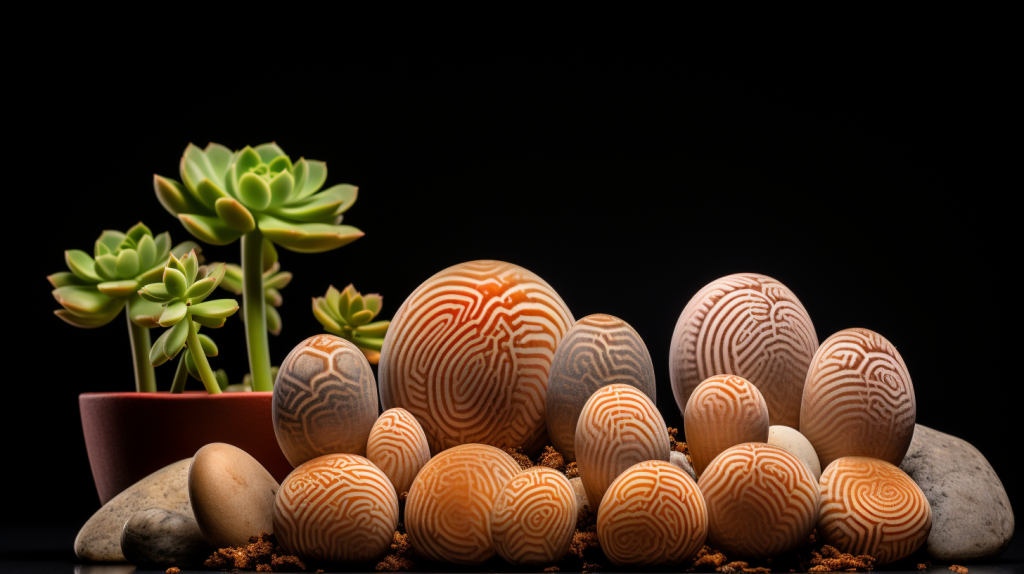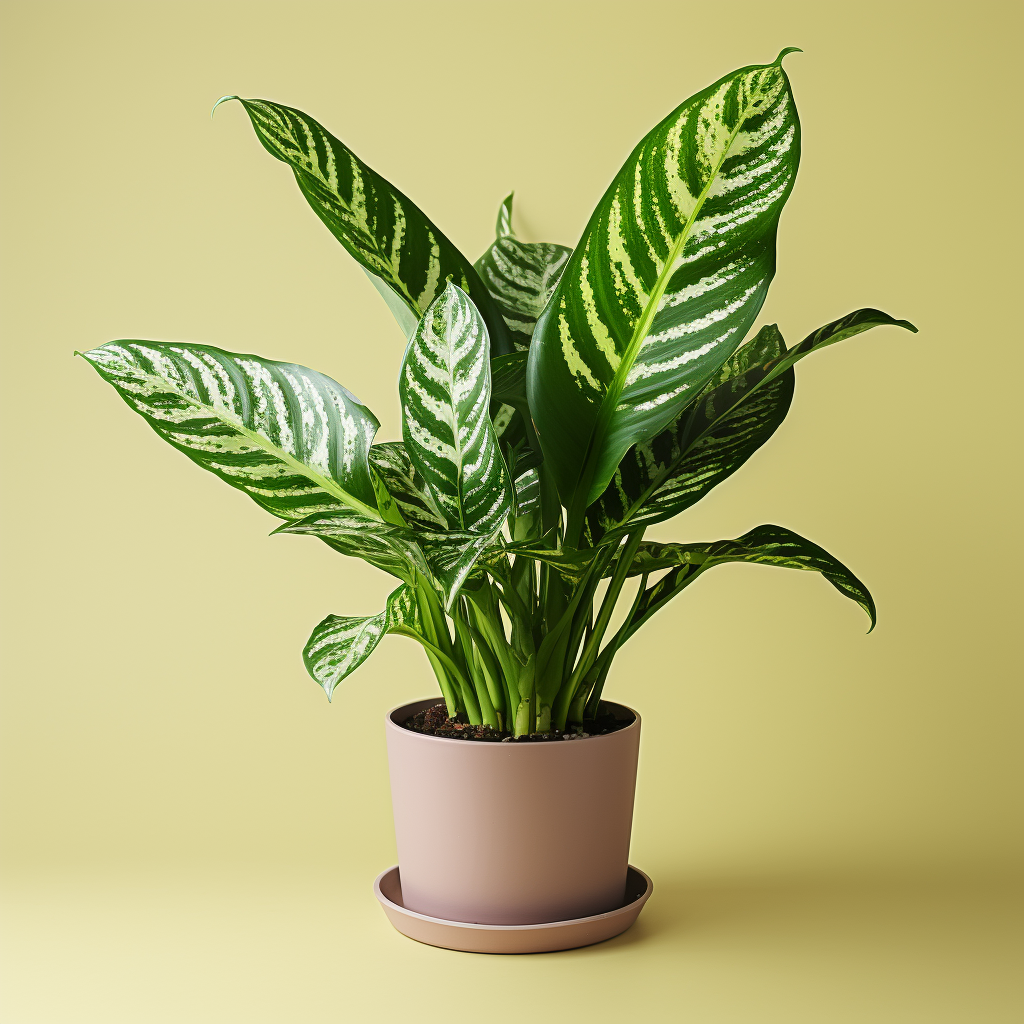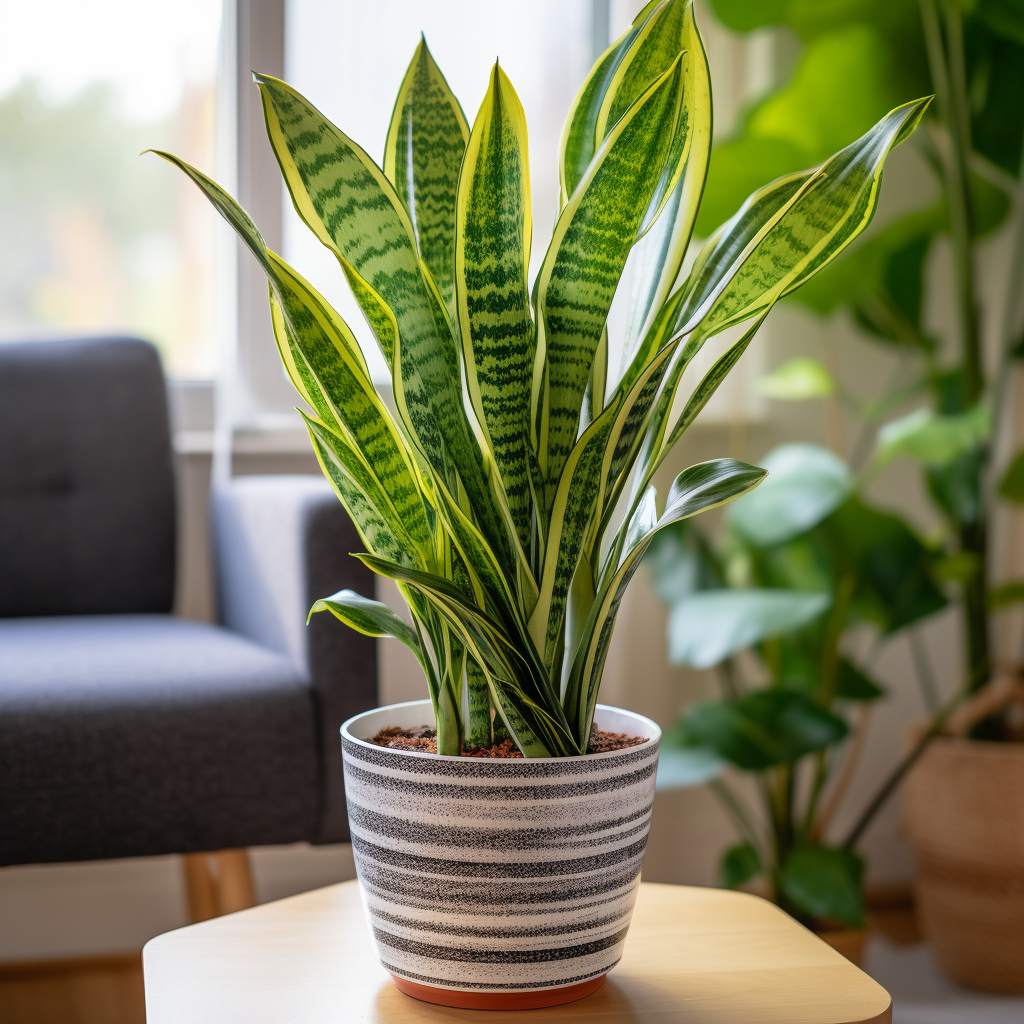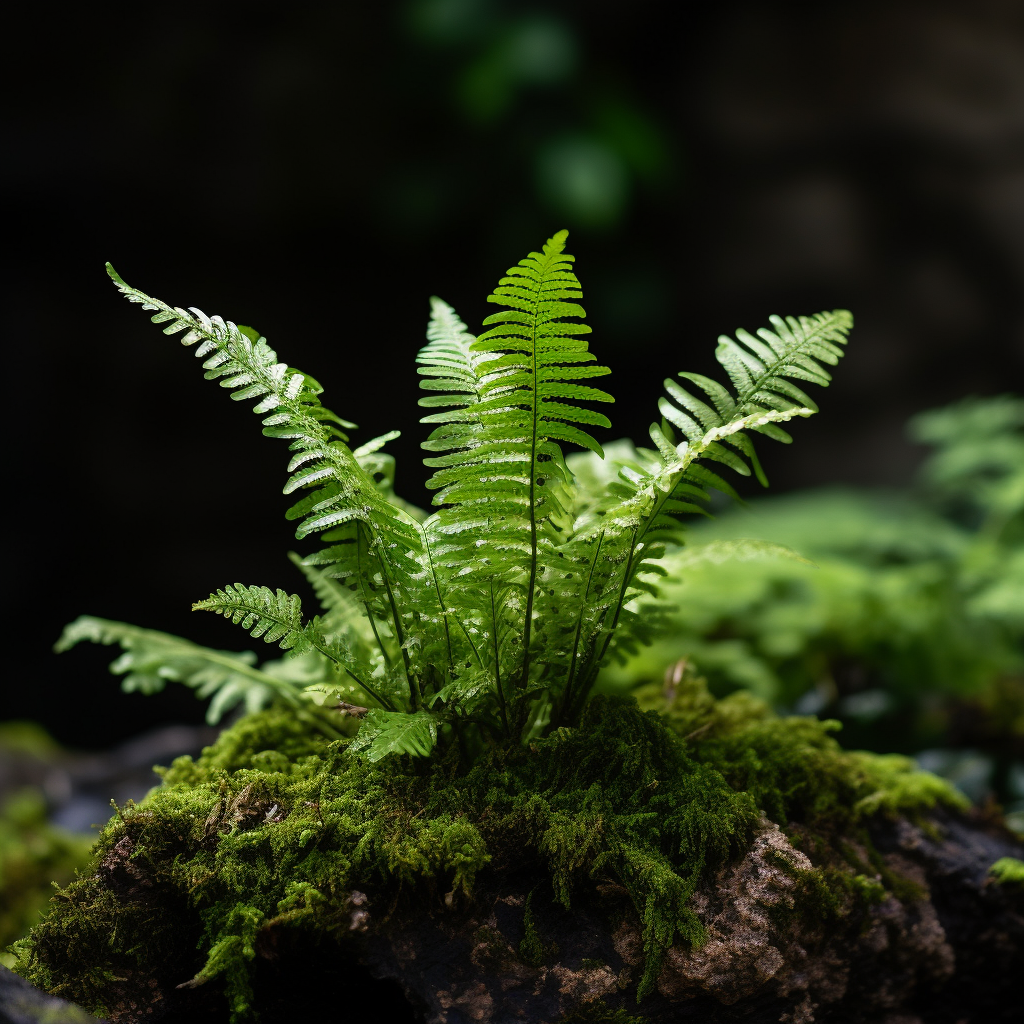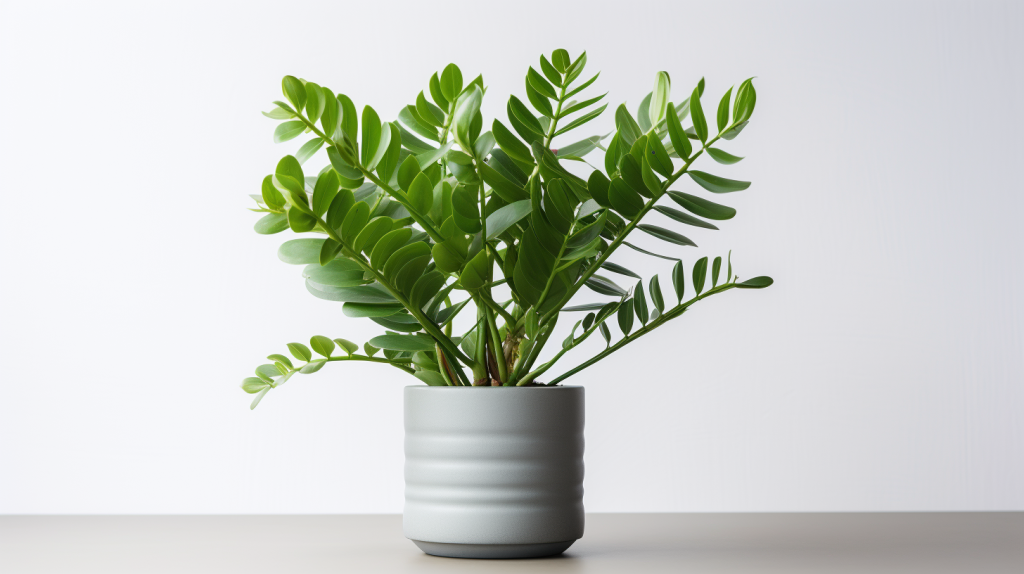Lithops Fulleri plant, often referred to as a “living stone” for its unique appearance, is a mesmerizing succulent that captivates garden enthusiasts worldwide. In this guide, we’ll delve deep into understanding this fascinating plant, unraveling the beauty of its growth and giving you comprehensive care guidelines.
What is the Lithops Fulleri Plant?
Have you ever stumbled upon a stone that, upon closer inspection, seemed to be alive? This is probably the Lithops Fulleri. Belonging to the Aizoaceae family, this South African native is renowned for its peculiar yet captivating appearance and growth patterns.
Description Of Lithops Fulleri Plant
Resembling a pair of closely knit pebble-like structures, the Lithops Fulleri is a small, inconspicuous plant. Its allure lies not in its size but in its intricate designs and colors that can range from gray, brown, to even a shade of green, allowing it to camouflage seamlessly with surrounding stones.
What Does The Lithops Fulleri Plant Look Like?
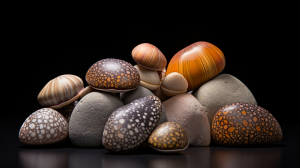
Imagine a stone coming to life. The Lithops Fulleri appears as a pair of fused leaves, split down the middle, resembling a stone’s crack. This division allows the new leaves to emerge, giving the appearance of the plant ‘splitting.’ This natural wonder has evolved its look to avoid being eaten in the wild – clever, right?
Lithops Fulleri Plant Flowering
When fall comes around, the Lithops Fulleri showcases its magnificence. A bright yellow or white flower, often larger than the plant itself, blooms from the division between its two leaves. This daisy-like flower can open in the morning and close by evening, offering a daily show.
Displaying Lithops Fulleri Plant
When showcasing this gem, consider a shallow container. A terracotta pot or a specialized succulent pot is ideal. Using a well-draining soil mix, ensure your Lithops Fulleri doesn’t stand in water, and let it merge naturally with other ‘stone-like’ succulents for a rocky display.
Is The Lithops Fulleri Plant Poisonous?
Rest assured, the Lithops Fulleri is not poisonous. However, considering its inviting ‘stone-like’ look, ensure it’s kept away from small children and pets, as it could pose a choking hazard.
Lithops Fulleri Plant Facts
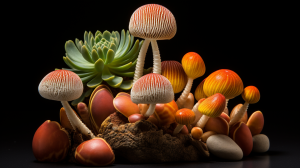
The Lithops Fulleri is not just a pretty face; it’s full of surprises.
Table of Facts:
| Feature | Description |
|---|---|
| Family | Aizoaceae |
| Origin | South Africa |
| Size | 1-2 inches in height |
| Lifespan | Can live for several years |
| Light Requirement | Bright, indirect sunlight |
| Toxicity | Non-toxic |
Caring For Lithops Fulleri Plant
Giving your Lithops Fulleri the best care involves understanding its natural habitat and replicating those conditions.
Table of Care:
| Care Aspect | Guideline |
|---|---|
| Watering | Sparingly; let soil dry out between watering |
| Light | Bright, indirect light |
| Soil | Well-draining cactus or succulent mix |
| Temperature | Between 65°F to 80°F (18°C to 27°C) |
| Feeding | Minimal; once a year with a diluted cactus fertilizer |
Common Problems
Over-watering is the most common issue. Ensure the soil is dry before the next watering. Pests like mealybugs can be a concern; they can be removed with a soft brush or treated with insecticidal soap.
Frequently Asked Questions (FAQs)
- How often should I water my Lithops Fulleri?
- Only when the soil is completely dry. Over-watering is a common mistake.
- Can the Lithops Fulleri survive in low light?
- Preferably, they should receive bright, indirect light.
- Why is my Lithops Fulleri shrinking?
- It’s possibly shedding its old leaves for new growth.
- Do I need to repot my Lithops Fulleri often?
- Only when it outgrows its container or every 2-3 years.
- What kind of fertilizer does the Lithops Fulleri need?
- Use a diluted cactus fertilizer, but feeding is minimal, once a year.
Conclusion
The Lithops Fulleri plant, with its uncanny resemblance to stones and pebbles, is undeniably one of nature’s masterpieces. While its care might seem daunting, understanding its natural habitat makes the process straightforward. As we wrap up this insightful journey, remember that with a little attention and love, you can nurture this living stone to its full glory.
References

